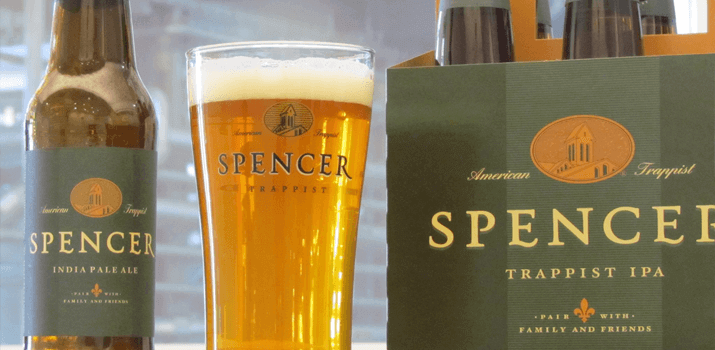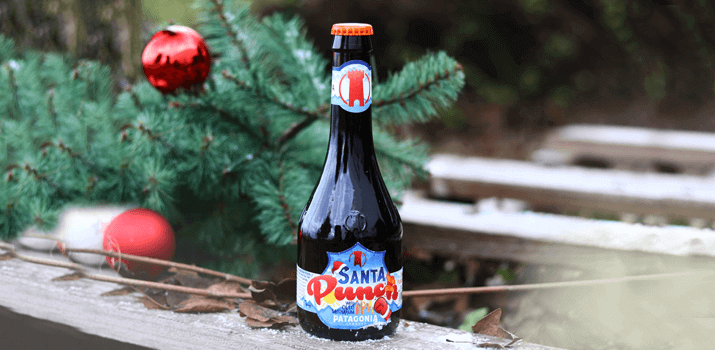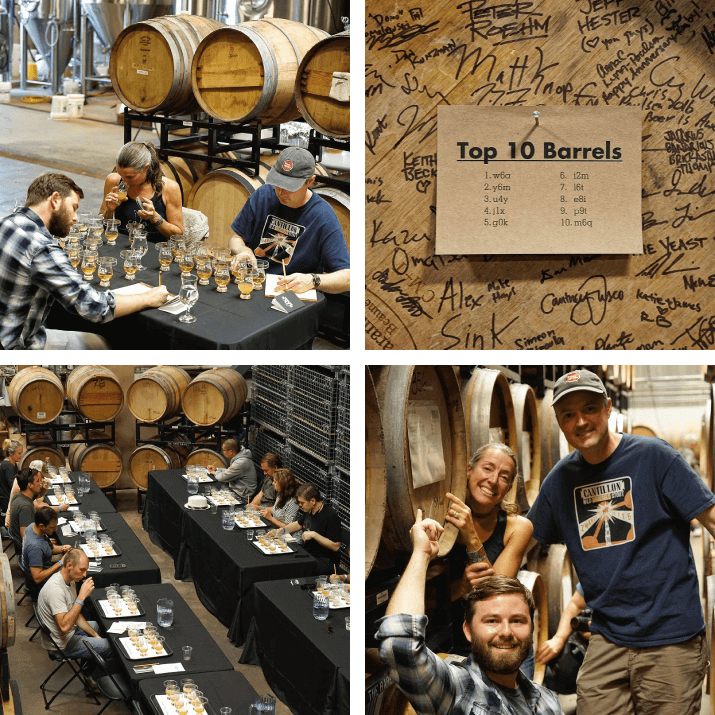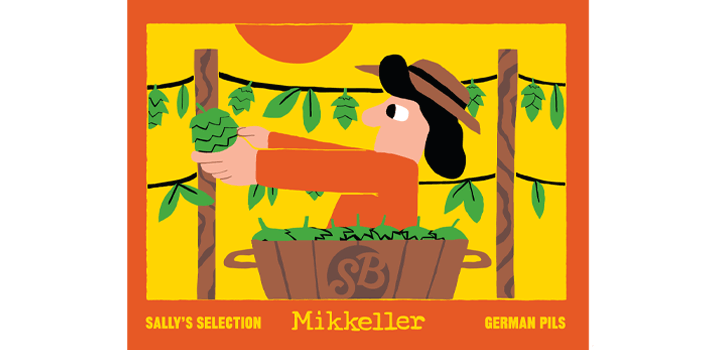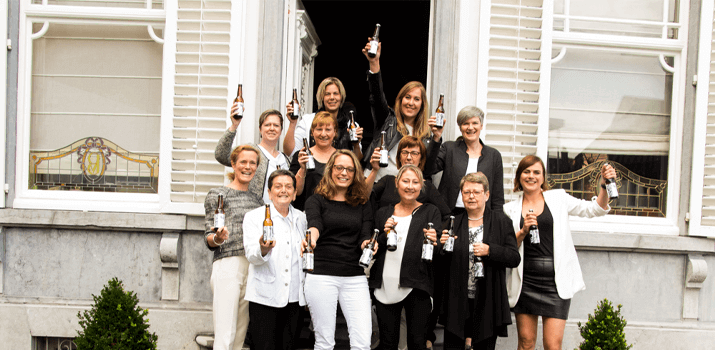The pub has been around for a thousand years. So why do people worry that it’s about to disappear in the next couple of decades?
Every six months, the British media runs a glut of stories about the death of the pub. This is when the figures for the net number of permanent pub closures are announced by CAMRA (the Campaign for Real Ale). In 2010, Britain was losing 50 pubs a week. The situation has since improved, but the number is unlikely to move into surplus any time soon.
Running a pub is hard work. Faced with increasing obstacles, many publicans are ground down. Often, they feel crushed by the terms of the agreements they have with big pub companies, unable to make a profit no matter how hard they work. Stumped for ideas, it’s easy to head for the lowest common denominator in an attempt to rustle up custom. It becomes a vicious cycle of cut costs and cut corners, with no money available for serious improvements, until it grinds to a halt. The pub company often then deems the pub unviable, and sells it for development.
So pubs are closing. But they’re also (re-) opening, albeit at a slower rate.
Everards Brewery in the Midlands has spent the last decade rescuing ‘unviable’ pubs under its Project William scheme. It works with local microbrewers looking to open their first pub, refurbishing and refreshing faded community locals. The results are often staggering. People who can’t remember when they last visited the pub come back. They meet friends they haven’t seen since their last visit, and thank the new owners for giving them back their pub and their community.
Everards is not the only brewery taking over defunct pubs. Invariably, a model based on good beer and good conversation proves successful where louder music, cheaper drink, more TV screens and brighter lights have failed. The original idea of the pub still appeals. It’s incredible that this is still a surprise to some.
The recent growth of craft beer bars is another example of the phenomenon. The beers and decor may be different, but many successful craft operators open in pubs that had failed as typical boozers, where the love and atmosphere had died. Their solution is different from the reinvention of the traditional local, but it’s still based on the centuries-old template of good beer and good conversation. Parallel to the rise of the craft beer bar is the arrival of the micropub. These tend to open in empty shops, in towns where local commerce has lost out to big chain brands in retail parks.
The Micropub Association defines a micropub as ‘a small freehouse which listens to its customers, mainly serves cask ales, promotes conversation, shuns all forms of electronic entertainment and dabbles in traditional pub snacks’. The same idea, yet again.
So the pub of the future looks a great deal like the pub of the past – with one important caveat. The job of running a great pub is getting harder. It’s no longer enough to simply tick off the basics in a competent fashion, open the doors and polish glasses while waiting for the punters to flow in. The pubs featured in this book are all run by people who regard their pubs as a passion and a vocation, rather than just a mere job. They put in more effort than anyone could reasonably ask of them, because they want to.
It’s perhaps a little worrying that running a great pub demands so much. But for as long as there are people prepared to give their all in this way, the pub will continue to thrive.
----
The Pub: A Cultural Institution - from Country Inns to Craft Beer Bars and Corner Locals by Pete Brown is out now (Jacqui Small, £22.50)

